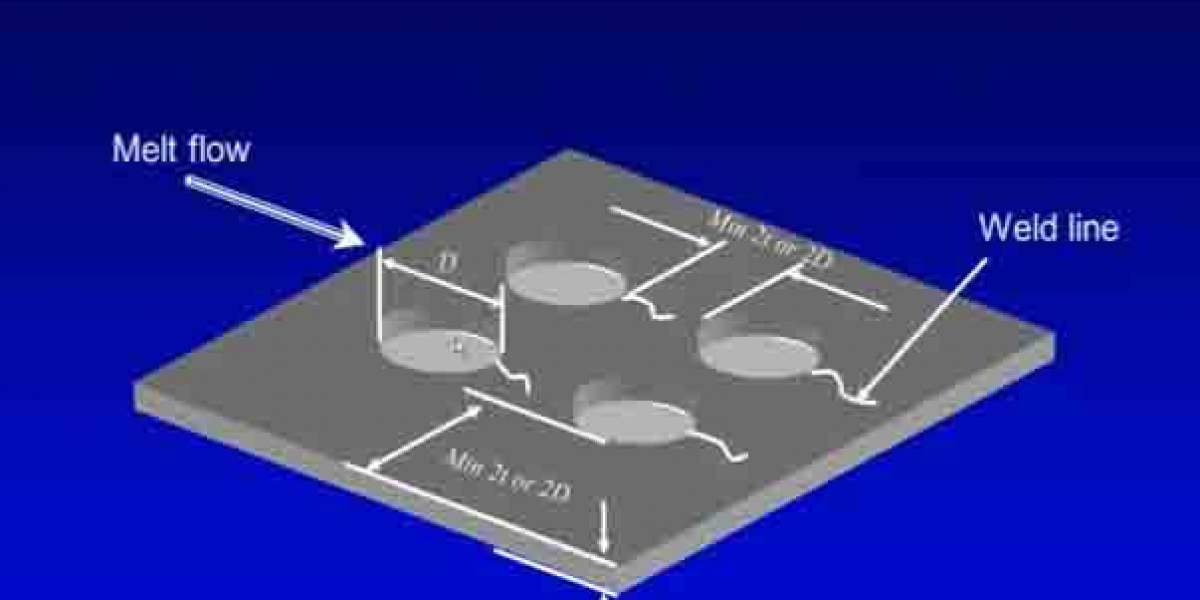In the ever-evolving landscape of manufacturing, two innovative techniques have emerged as game-changers: 3D printing and vacuum casting. These cutting-edge processes have revolutionized the way we create and produce objects, offering unparalleled flexibility, precision, and cost-effectiveness. In this comprehensive guide, we'll delve into the intricacies of these manufacturing marvels, exploring their applications, processes, and advantages.
Understanding 3D Printing: The Future of Manufacturing
3D printing, also known as additive manufacturing, has captured the imagination of engineers, designers, and makers worldwide. This innovative technology involves creating three-dimensional objects layer by layer, using digital design files as blueprints. By precisely depositing materials such as plastics, metals, or composites, 3D printers can bring virtually any design to life, enabling unprecedented customization and complexity.
Applications of 3D Printing
The applications of 3D printing are vast and diverse, spanning industries from healthcare to aerospace. In the medical field, 3D printing has revolutionized prosthetics, implants, and even organ printing, offering personalized solutions tailored to individual patients. Architects and designers leverage 3D printing to create intricate models and prototypes, enabling faster iteration and experimentation. Moreover, this additive manufacturing technology has found its way into the automotive and aerospace sectors, facilitating the production of lightweight, high-performance components.
The Process of 3D Printing
The 3D printing process typically involves the following steps:
- Design: A 3D model is created using computer-aided design (CAD) software or 3D scanning techniques.
- File Preparation: The digital model is converted into a compatible file format (e.g., STL or OBJ) for the 3D printer.
- Slicing: The 3D model is sliced into thin horizontal layers, and the printer's software generates a set of instructions for each layer.
- Printing: The 3D printer deposits material layer by layer, following the instructions generated during the slicing process.
- Post-processing: Depending on the material and application, additional post-processing steps like sanding, painting, or finishing may be required.
Vacuum Casting: A Versatile and Cost-Effective Solution
While 3D printing excels at creating complex geometries, vacuum casting offers a complementary solution for producing high-quality, detailed parts in a cost-effective manner. Vacuum casting is a manufacturing process that involves creating a silicone mold from a master pattern, typically made using 3D printing or traditional sculpting techniques. Once the mold is prepared, liquid resin or other castable materials are poured into the cavity, and a vacuum is applied to remove air bubbles and ensure a flawless finish.
Applications of Vacuum Casting
Vacuum casting has found widespread applications across various industries due to its ability to produce intricate parts with exceptional detail and surface quality. This technique is extensively used in the creation of prototypes, architectural models, props for film and television, and even intricate jewelry pieces. Additionally, vacuum casting is increasingly employed in the production of end-use parts for industries such as automotive, aerospace, and consumer goods, offering a cost-effective alternative to traditional manufacturing methods.
Advantages of Vacuum Casting
The advantages of vacuum casting include:
- Cost-effectiveness for low to medium production runs
- Ability to produce highly detailed and complex parts
- Suitability for a wide range of materials, including resins, urethanes, and low-temperature metals
- Faster turnaround times compared to traditional manufacturing methods
- Versatility in producing both prototypes and end-use parts
Comparison of 3D Printing and Vacuum Casting
| Aspect | 3D Printing | Vacuum Casting |
|---|---|---|
| Process | Additive manufacturing, layer-by-layer deposition | Casting liquid material into a silicone mold |
| Material Options | Plastics, metals, composites, ceramics | Resins, urethanes, low-temperature metals |
| Complexity | High geometric complexity possible | Limited by mold design and undercuts |
| Surface Finish | Typically requires post-processing | Smooth, high-quality surface finish |
| Production Volume | Suitable for prototypes and low-volume production | Cost-effective for low to medium production runs |
| Lead Time | Relatively longer for complex designs | Faster turnaround, especially for larger runs |
Combining 3D Printing and Vacuum Casting
While 3D printing and vacuum casting are distinct manufacturing techniques, they often complement each other in various applications. 3D printing is frequently used to create master patterns or molds for vacuum casting, enabling the production of highly detailed and accurate parts. Conversely, vacuum casting can be employed to create end-use parts or prototypes based on 3D-printed designs, leveraging the strengths of both processes.
Choosing the Right Manufacturing Method
When deciding between 3D printing and vacuum casting, several factors should be considered, including:
- Production Volume
- Complexity
- Material Requirements
- Surface Finish
- Lead Time
By carefully evaluating these factors, manufacturers can determine the most suitable approach for their specific requirements, leveraging the strengths of both 3D printing and vacuum casting to optimize their production processes.
In conclusion, 3D printing and vacuum casting are transformative manufacturing technologies that have opened up new possibilities in various industries. While 3D printing offers unparalleled design freedom and customization, vacuum casting provides a cost-effective solution for producing high-quality, detailed parts. By understanding the capabilities and limitations of each technique, manufacturers can make informed decisions and utilize these powerful tools to drive innovation, efficiency, and competitiveness in their respective fields.








